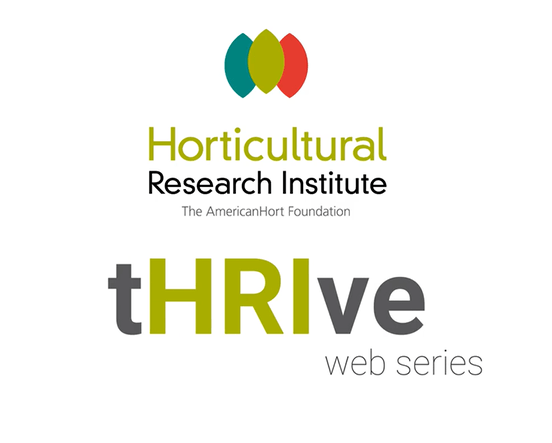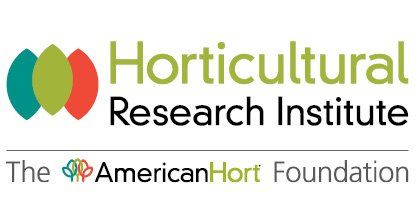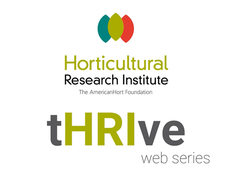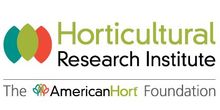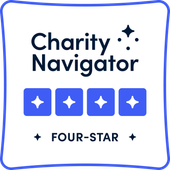tHRIve Web Series
Horticultural Research Institute helps you tHRIve with a new web-based series featuring key research findings. The tHRIve series covers research that is directly funded by HRI as well as research that is federally funded.
SANC - Risk Assessment Tool
The Horticultural Research Institute teamed up with the National Plant Board and USDA to develop a web-based risk assessment (RA) tool. The tool helps growers more easily perform the risk assessment required to participate in SANC. The tool is available, at no cost, to any nursery or greenhouse seeking to improve their processes. Whether or not you choose to pursue SANC certification, the RA process will make you a better grower.
Latest News & Impacts
